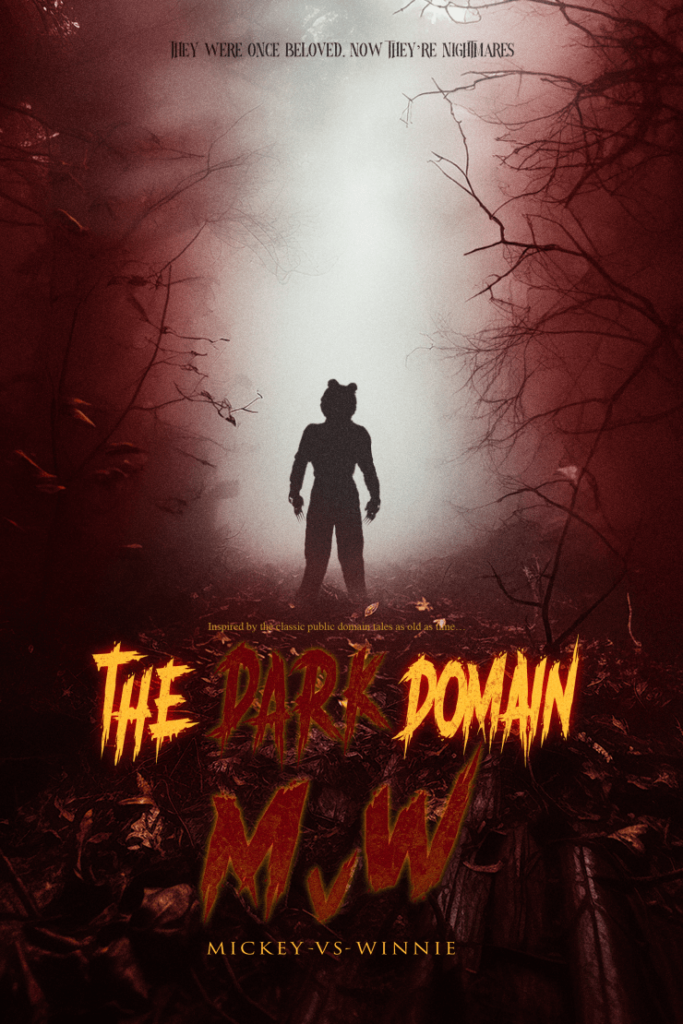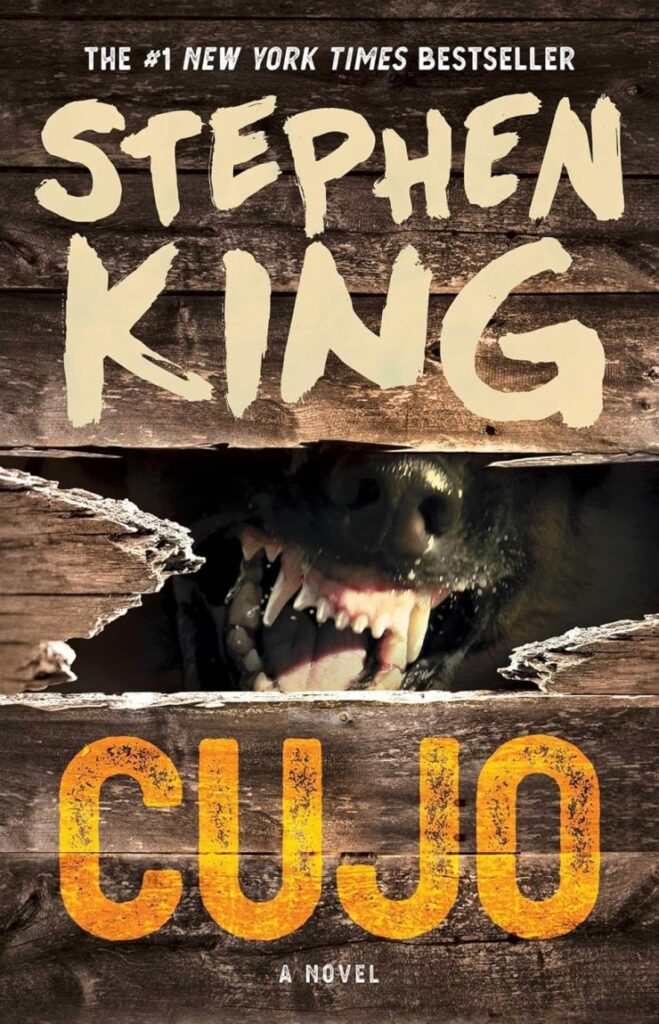As a person who has been obsessed with all things Frankenstein for as long as I can remember, Guillermo del Toro’s new adaptation was my most anticipated movie of the year. I am very pleased to say that it did not disappoint. Not only does it stay true to the spirit, if not entirely the letter, of Mary Wollstonecraft Shelley’s original novel, but it also pays homage to the rich legacy of Frankenstein film adaptations. As an avid viewer of every Frankenstein film I can find, I was delighted by the various gems of the past that del Toro lovingly placed into his film. Most of these come from the Universal and Hammer eras, which is appropriate considering del Toro’s clear affection for these films and his neo-gothic visual instincts, which make Frankenstein a practically perfect marriage of subject and filmmaker.
Here are ten Easter Eggs I spotted while watching the film.
Krempe, Harlander, Pretorius, and Bernstein

During Victor’s demonstration before the Royal College of Medicine Disciplinary Tribunal, he names one of his rivals: Dr. Krempe. Now, Krempe appears briefly in the novel, but the character was expanded greatly for The Curse of Frankenstein and made Victor’s assistant, Paul Krempe (Robert Urquhart). More substantial are the similarities between Heinrich Harlander (Christoph Waltz) and Dr. Pretorius (Ernest Thesiger) from Bride of Frankenstein (1935). In fact, some outlets reported that Waltz would be playing Dr. Septimus Pretorius when his casting was first announced in 2023. Though the name changed in the years between this announcement and the film’s release, aspects of the character persisted to the final film. Most significantly, both characters engage Frankenstein in a kind of Faustian bargain that eventually leads to blackmail. Another parallel concerning Harlander is that his demise closely resembles that of Professor Bernstein (Paul Hardtmuth) in The Curse of Frankenstein (1957), whose brain is damaged in a fall.
The Watchtower Laboratory

In the novel, Victor builds his creation in his apartment in Ingolstadt near the University. This was also true of the first screen adaptation of Frankenstein (1910), which mostly takes place in small spaces. That all changed in 1931 with James Whale’s vision of Frankenstein, which placed the doctor’s laboratory in an abandoned watchtower. This aesthetic was adapted by del Toro and his team with their own distinctive style, but was clearly inspired by the classic film. It is even set precariously on the edge of a cliff in a delicious nod to the classic Universal Monster movies. That the Creature (Jacob Elordi) is given life with a lightning strike rather than the mysterious and ambiguous method of the novel also strikes me as a tip of the hat to James Whale and the wizard behind the sparking, electric machines of his two Frankenstein films, Kenneth Strickfadden.
Windmills

As Victor (Oscar Isaac) gathers bodies from a battlefield for his creation, a number of burned-out windmills can be seen in the background that bear a striking resemblance to the one found in the climax of the 1931 film.
The Big Guy

Frankenstein is mostly a serious film, but there is a specific line, when Victor says, “the scale will make the work easier,” that made me laugh out loud. The Creature is almost always depicted as large, but this line struck me as a veiled and cheeky reference to Young Frankenstein (1974). In one of the many memorable exchanges from the film, Dr. Frederick Frankenstein (Gene Wilder) reads from his grandfather’s diary and concludes that making the Creature of gigantic stature would “simplify everything.” Inga (Teri Garr) comments that the proportions of the Creature would all have to be increased in size. She pauses for a moment and says, “He would have an enormous schwanzstucker.” To which Fredrick answers, “That goes without saying.” Inga responds with an impressed “woof.” Igor (Marty Feldman) caps it all off with the line, “He’s going to be very popular.” Of course, I cannot confirm that del Toro intended this as a reference, but I’ll consider it to be nonetheless.
The Creature’s Costume

After he is first given life, the Creature wears clothing comprised mostly of bandages. This is not unusual and has appeared in some form in films including The Curse of Frankenstein and even The Rocky Horror Picture Show (1975). But the specific look of the costume in this section of the film is practically identical to the one seen on David Prowse in the underappreciated Hammer film The Horror of Frankenstein (1970). The film is a bit of an outlier in the Hammer cycle as it features Ralph Bates rather than Peter Cushing as the Baron, is directed by Jimmy Sangster rather than Terence Fisher, and is more of a dark comedy than the other films in the franchise. That said, the look of the Monster in that film is striking, with Prowse’s impressive physique placed on full display. When the Creature adds a cloak to the ensemble, it looks remarkably like Christopher Lee’s long green coat in The Curse of Frankenstein.
Floating Daisies and Maple Leaves

FRANKENSTEIN. (L to R) Mia Goth as Elizabeth and Jacob Elordi as The Creature in Frankenstein. Cr. Ken Woroner/Netflix © 2025.
My favorite scene in the 1931 version of Frankenstein is the encounter between the Creature (Boris Karloff) and the little girl Maria (Marilyn Harris) beside a lake. Maria approaches the Creature without fear and invites him to sit beside her and throw daisies into the lake to watch them float. In del Toro’s version, the Creature is chained in a dungeon-like space in which water is collected into gutters and carried out of the watchtower. He discovers that maple leaves float on the water and sail out of view. In a kind of reversal of the scene in the 1931 film, the Creature gives one of the leaves he has found to Elizabeth (Mia Goth), who, like Maria, approaches him with empathy and without fear. Later, the Creature carries Elizabeth in his arms and places her on a large rock, not unlike Karloff in Bride, placing the shepherdess he has rescued from drowning on a similar stone outcropping.
The Creature Escapes the Tower

As the Creature is chained in his dungeon, Victor empties can after can of kerosene around the tower and sets it ablaze. The shackled Creature is able to break his bonds and escape through the tower’s gutter system. This is not entirely unlike the way the Creature escapes the windmill fire in Bride of Frankenstein. At the beginning of that film, the crowd surrounding the windmill disperses as the fire dies down, though Hans, the father of the murdered little girl Maria, stays behind, saying he wants to be sure the Monster is dead. He falls through the unstable ruins into the waters below, where the Monster makes his first, and iconic, entrance in the film. So, in both versions, the Creature escapes fire in a tower through water below.
The Creature Shot in the Eye

One of the great sequences that appears in innumerable adaptations of Frankenstein in various ways is the encounter between the Creature and the blind man who sometimes lives with his family and sometimes lives alone. In del Toro’s version, we get the best of both worlds with the joy of the Creature observing the family and the intimacy of interacting directly with the blind man. As is usually the case, the sequence ends tragically with the Creature encountering hunters or some other malevolent group. In this version, the Creature is shot just above the eye and puts his hand up to his face in a shot that is almost exactly like one from The Curse of Frankenstein. In that film, the Creature is shot directly in the eye, and blood flows between his fingers from the socket.
Elizabeth’s Wedding Look

FRANKENSTEIN. Mia Goth as Elizabeth in Frankenstein. Cr. Ken Woroner/Netflix © 2025.
The wedding dress worn by Mia Goth bears more than a passing resemblance to the look of Elsa Lanchester in Bride of Frankenstein, specifically the ribbons that wrap her arms like bandages. Another nice touch is Goth’s red hair. Despite many depictions over the years of the Bride with black hair highlighted by a white lightning streak, the discovery of the original wig worn by Lanchester in the film confirms that her hair was, in fact, red, as was the actress’s. Taken together, Elizabeth’s bridal look is a lovely homage to a horror icon.
The Head, the Hands, and the Heart

FRANKENSTEIN. (L to R) Mia Goth as Elizabeth and Oscar Isaac as Victor Frankenstein in Frankenstein. Cr. Ken Woroner/Netflix © 2025.
This is a bit more esoteric as it is a thematic rather than a visual element. Early in the film, Victor is asked by his father (Charles Dance) about the comparative weight of the heart between men and women during an anatomy lesson. The elder Frankenstein, a man of great wealth and privilege, makes it clear that he believes only in intellect and physiology, and Victor should believe the same. The Creature, by contrast, represents the physical, the poor working class, oppressed by their rich masters. Or to use a different metaphor, the hands. Elizabeth stands between them as the representation of the heart, an empathetic and emotional being able to interact and care for both Victor and the Creature. This dynamic is not really found in this form in the Shelley novel, but it is found very directly in Fritz Lang’s silent masterpiece Metropolis (1927).
Though it is only adjacent to the subgenre itself, Metropolis is an important step in the Frankenstein film mythology and features one of the great mad scientists and the most memorable creation sequences of all time. In the film, the son of a wealthy industrialist finds himself becoming the mediator between his father and the poor working classes who toil in the depths beneath the sprawling city. The theme is stated explicitly with a title card stating: “The mediator between the head and the hands must be the heart.” This idea is kept more in the subtext of del Toro’s Frankenstein, but still shines through in various performances and interactions throughout the film. It is an incredibly moving and timely message.
I look forward to more viewings of this film that will undoubtedly yield even more discoveries. Perhaps you noticed things that I missed. With the richness of the tapestry that Guillermo del Toro and company have created with Frankenstein, I’m sure there are many more hidden treasures to find.
The post 10 Easter Eggs in Guillermo Del Toro’s ‘Frankenstein’ appeared first on Bloody Disgusting!.


